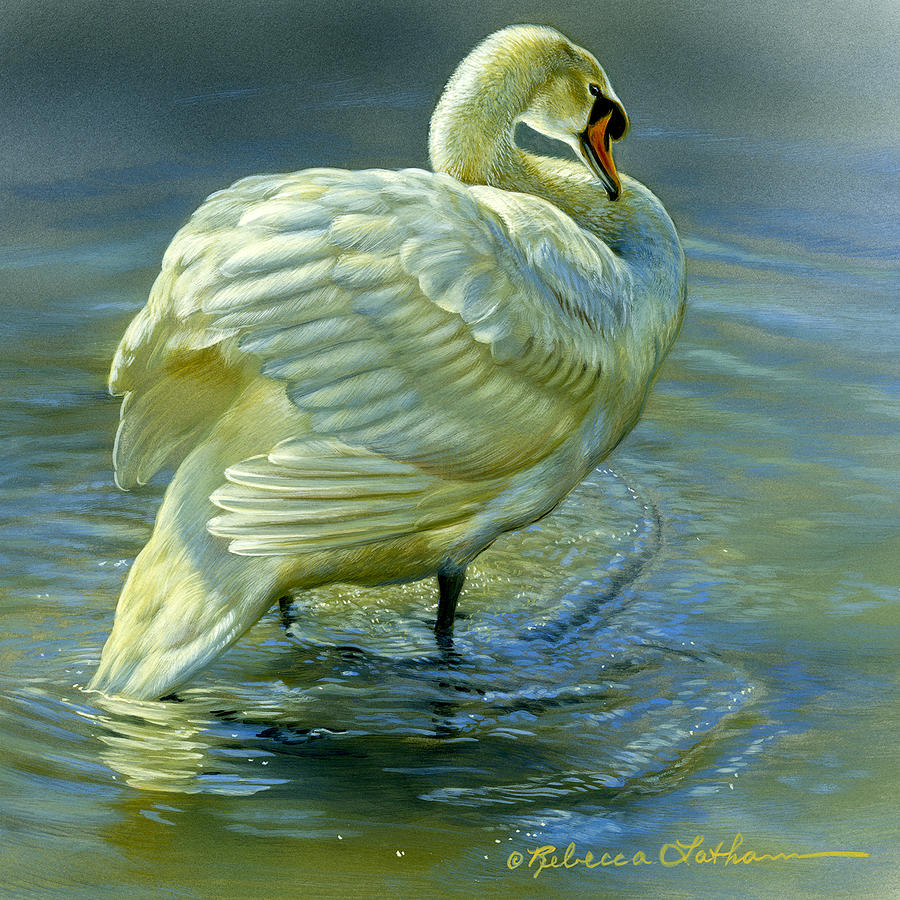Wildlife art is more than documentation—it is a dialogue between truth and interpretation, between precise observation and the artist’s unique voice. The challenge lies in striking the delicate balance between realism and personal expression, ensuring that the essence of the subject is preserved while allowing space for creativity.
Realism demands discipline. It requires patience, study, and an unwavering respect for the details that define an animal’s form, movement, and presence within its habitat. The curve of a bird’s wing in flight, the texture of fur catching light, the way an elk moves through a forest without disturbing the silence—these elements cannot be guessed or fabricated. They must be understood, learned, honored.
And yet, realism alone is not enough. It is through personal expression that an artist shapes the mood of a scene, invites emotion, creates a connection between viewer and subject. A painting must do more than mirror reality—it must awaken something in the heart of the observer. A softening of light, a choice of composition, an intentional depth to the gaze of an animal—all these artistic decisions carry meaning, revealing the artist’s relationship with nature, their voice within the work.
The balance is not in forcing emotion, nor in sacrificing accuracy for style. It is found in reverence—in allowing nature to speak truthfully while guiding the viewer toward deeper appreciation.
When realism and personal expression exist in harmony, wildlife art becomes more than an image; it becomes an invitation—to pause, to observe, to connect with the wild in a way that is both faithful and deeply felt.
